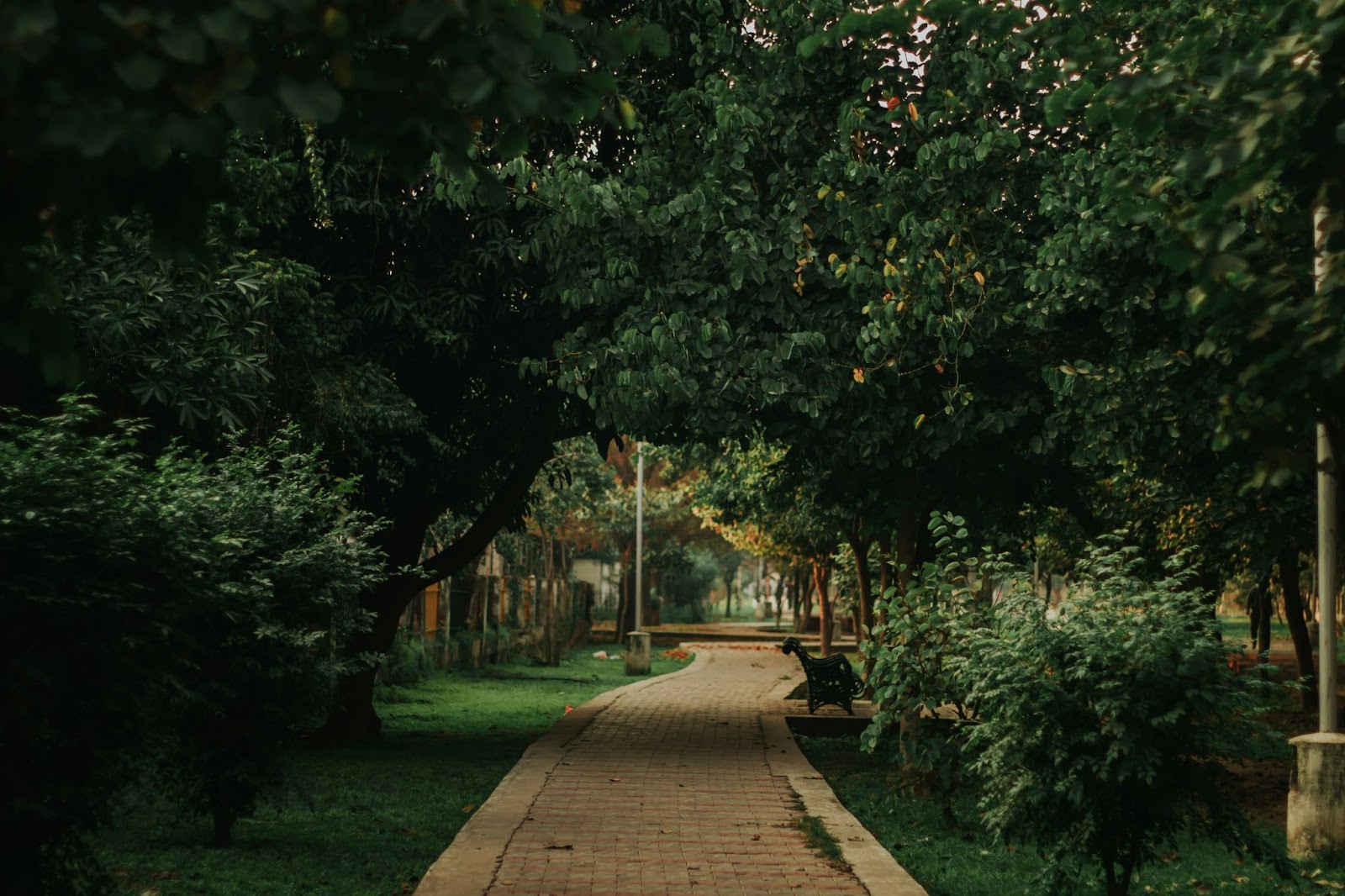
Sustainability is becoming the focus of many conversations, and the world of construction is no exception, leading to a growing demand for structures with sustainability at their core. This has led to the emergence of trends in sustainable construction.
Sustainable construction, green house building, or eco-friendly building is a practice that involves reducing the environmental effects structures have on the planet. This is attained through designing and constructing structures that adhere to environmental health and maintain the well-being of buildings simultaneously. With sustainable construction, expended natural resources and greenhouse emissions are reduced, resulting in a higher well-being of the Earth and its inhabitants.
Innovations and concerns about the volatility of the environment worldwide have resulted in stricter regulations in construction, leading to a shift towards green-building practices, which comes with its pros and cons, leaving stakeholders worldwide unsure of their next steps.
This article examines emerging trends in sustainable construction, highlighting their advantages and disadvantages.
The Rationale Behind Sustainable Construction’s Momentum
Originally, structures were built with the only goal being that they align with the requirements of the project proposal, after being vetted by a structural engineer and the housing governing body of the state. However, the world has developed beyond this level for various reasons.
There are four reasons for the emerging trends in sustainable construction. These reasons, serving different purposes, ensure that eco-friendly buildings continue to be favoured by the public and the government. The four reasons are:
- Consumer Demands
It is universal knowledge that businesses are created with one purpose at their creation time: to make a profit. Any business that fails to meet its clients’ requirements will either go bankrupt or lose it to another organisation willing to meet its clients’ expectations. The same is true of the construction industry. Although billed at approximately $13B two years ago, the industry would be sure to lose a great deal of its worth if stakeholders refused to consider the request for green-house buildings.
- Economic benefits
Additionally, outside customer requests and sustainable construction offered the construction sector economic benefits that were not easy to overlook. Eco-friendly buildings have a 2% increase in construction costs. In exchange for the investment, green house buildings save up to 19% in operations costs. That is approximately $2.47B saved.
- Environment benefits
The United Nations Environment Program, as of 2023, stated that the construction sector was responsible for 37% of CO2 emissions worldwide. This is a problem since the increase in carbohydrate emissions is directly responsible for the increase in heat temperature worldwide, loss of species, and more drastic storms. However, by adopting sustainability in the design and construction of structures, CO2 levels can be reduced by up to 35%.
- Government regulations
Governments have monopoly over nearly everything that affects their citizens. After understanding the influences sustainable construction has on its people, governments have been creating policies that have been influential in making green housing popular. Policies such as enforcing that the standard requirements of sustainable construction are met. Another measure that can be effective is ensuring that Building Information Modelling (BIM), which helps with providing future information about a structure, is applied to all buildings. The use of the best CAD software can also make certain that possible scenarios are as close to reality as possible.
When the consumer demands, economic and environmental benefits, backed by government regulations and policies on sustainable construction, are considered, it is easier to understand the trends in sustainable construction.
The Emerging Trends in Sustainable Construction
The International Finance Corporation estimated in 2023 that employing sustainability in the construction sector could result in a 23% decrease in carbon dioxide emissions one decade from now. In addition to making the planet healthier, the report estimates that the shift towards eco-friendly construction would open up multiple investment and job opportunities.
Governments, organisations, and people have tried to keep up with this shift long before the report was made, leading to a focus on green housing. However, decades have passed since then, and there are new emerging trends in sustainable construction.
Some of those trends in eco-friendly construction are examined below:
1. Green and Recycled Building Materials

While recycling is not a new trend generally, it is one of the emerging trends in sustainable construction. In 2020, Eurostat recorded that 38% of waste in member states of the European Union was from the construction sector. While many factors can influence this number, there is no denying the influence building and construction materials have on the numbers. By swapping redundant building materials for sustainable building materials, the world is joining the walk towards reducing CO2 emissions.
2. Net-Zero Energy Buildings
Net-Zero energy building is one of the trends in sustainable construction that uses available energy in a building for construction services. An easier way to explain this would be through a scenario. X consumes 3 million joules of energy daily. The burden of replenishing the energy X consumes falls on the planet. However, if it were possible for all 3 million joules of energy X consumes to move from being provided by the planet to being provided by X’s home, then X’s house would be categorised as a net-zero building. The word itself comes from the situation where a building’s sustainability is accounted for by the building itself and not the environment. Although this does not mean that it is easy and achievable by all construction structures, the Science-Based Targets Initiative encourages companies to strive towards reducing their carbon emissions by at least 90%.
3. Green Infrastructure
Green infrastructure is another of the trends in sustainable construction that uses a mix of natural and semi-natural techniques to solve climate change disasters. It is also referred to as blue-green infrastructure (blue for water and green for land). From climate mitigation and adaptation to the improvement of air quality and water purification, green infrastructure enhances biodiversity, acting as a means for the world to improve life on Earth without sacrificing environmental quality.

4. Biopholic Design of Structures
Civil engineers such as architects, MEP designers, and structural engineers understand the need to preserve nature if the planet hopes to survive extinction. They also understand that clients’ preferences have huge impacts on the designs of houses. This is why biopholic design is one of the trends in sustainable construction that helps navigate the need for sustainable structures that are simultaneously aesthetic. With biophilic design, structures incorporate nature into the construction process of the building until the final stage. By doing this, there is no need to destroy naturally existing plants or water systems. In other situations, the buildings, such as the Jewel Changi Airport in Singapore, are created before adding plants, trees, or diverting water systems towards them.
Pros and Cons of Sustainable Construction
Often, people are saying that whatever has an advantage comes with an added disadvantage. Despite the emerging trends in sustainable construction making it a wonderful choice, there are disadvantages to it.
Pros of Sustainable Construction
The advantages of joining the eco-friendly trend include:
- Increase in property value
- Lower carbon emissions worldwide
- Lower operating cost
- Mitigate against urban flooding
- Reduce reliance on nonrenewable building and construction materials
Cons of Sustainable Construction
While it might seem like a given, sustainable housing has its disadvantages. Here are some of the disadvantages associated with employing green housing:
- Higher cost to construct green building structures
- Long payback on investments
- Requires regular maintenance
- Requires more structural planning
- Biopholic houses are more susceptible to infestations
Conclusion
Undeniably, sustainable building construction comes with advantages such as reduced operation costs and high property value; its disadvantages, which include a long payback period and higher construction costs, should be considered.
The emerging trends in sustainable construction serve as a way to explore diverse options, including net-zero energy buildings, green infrastructure, recycled building materials, and biophilic design for houses. However, steps should be taken after considering the pros and cons.

